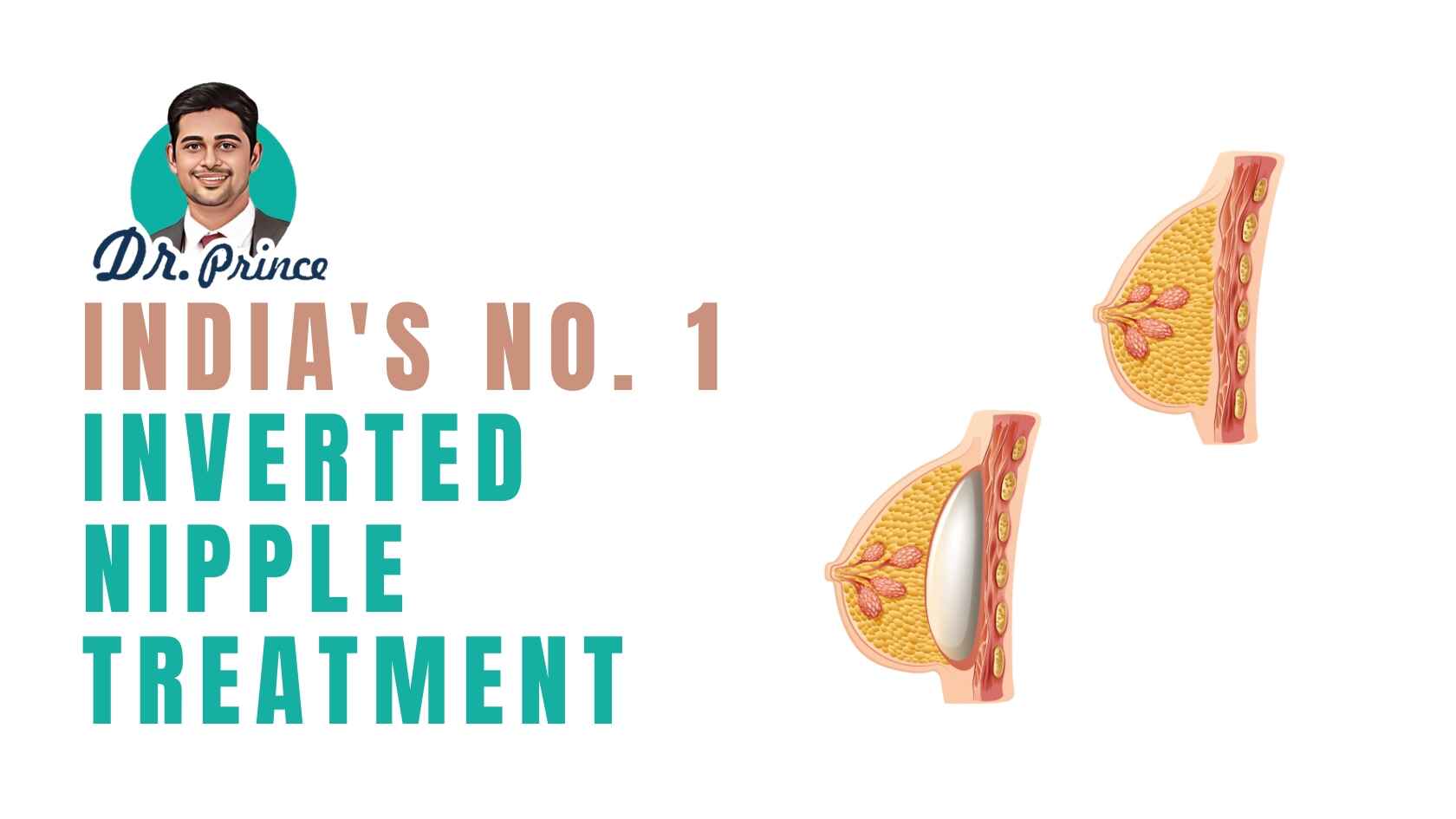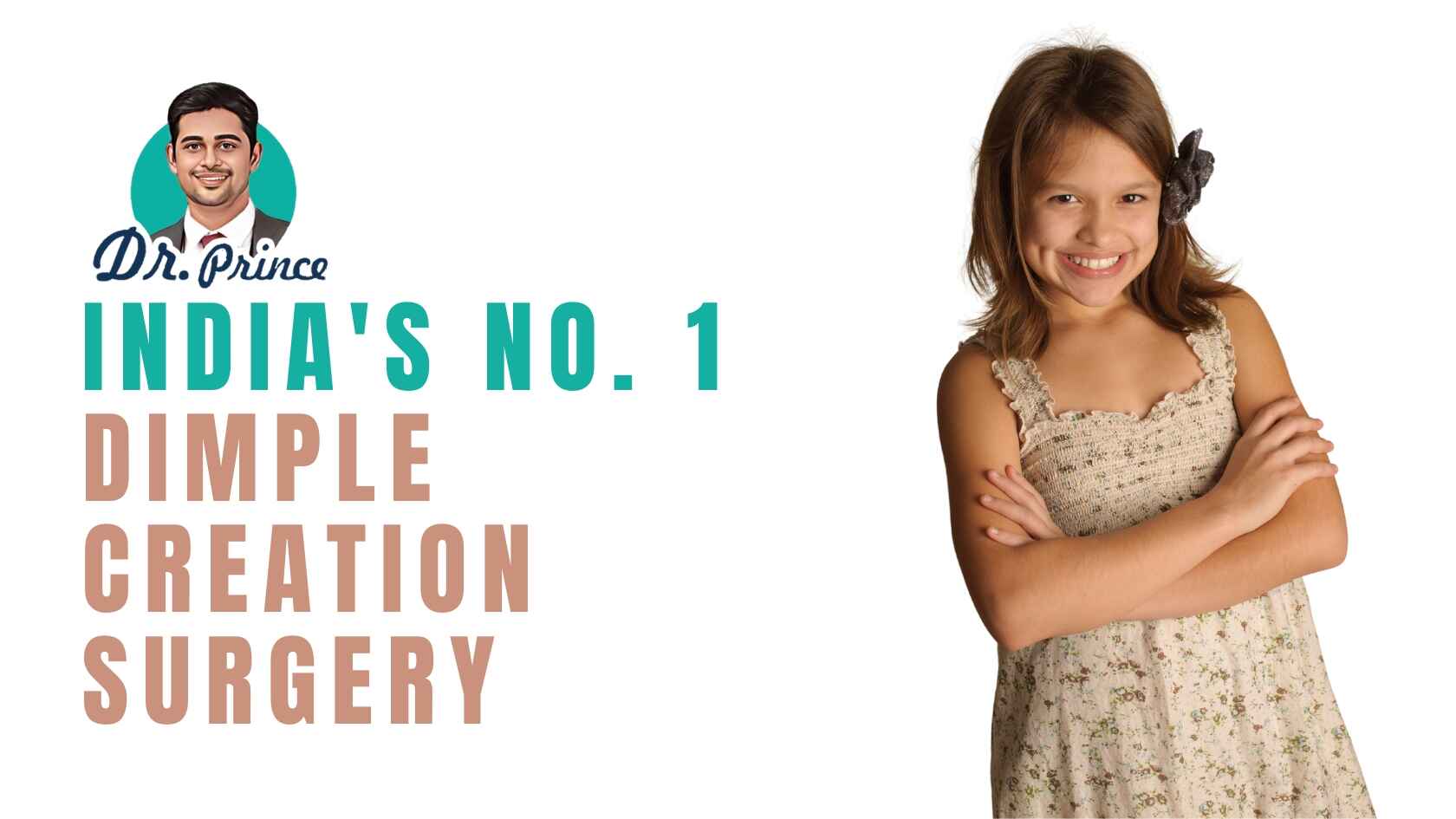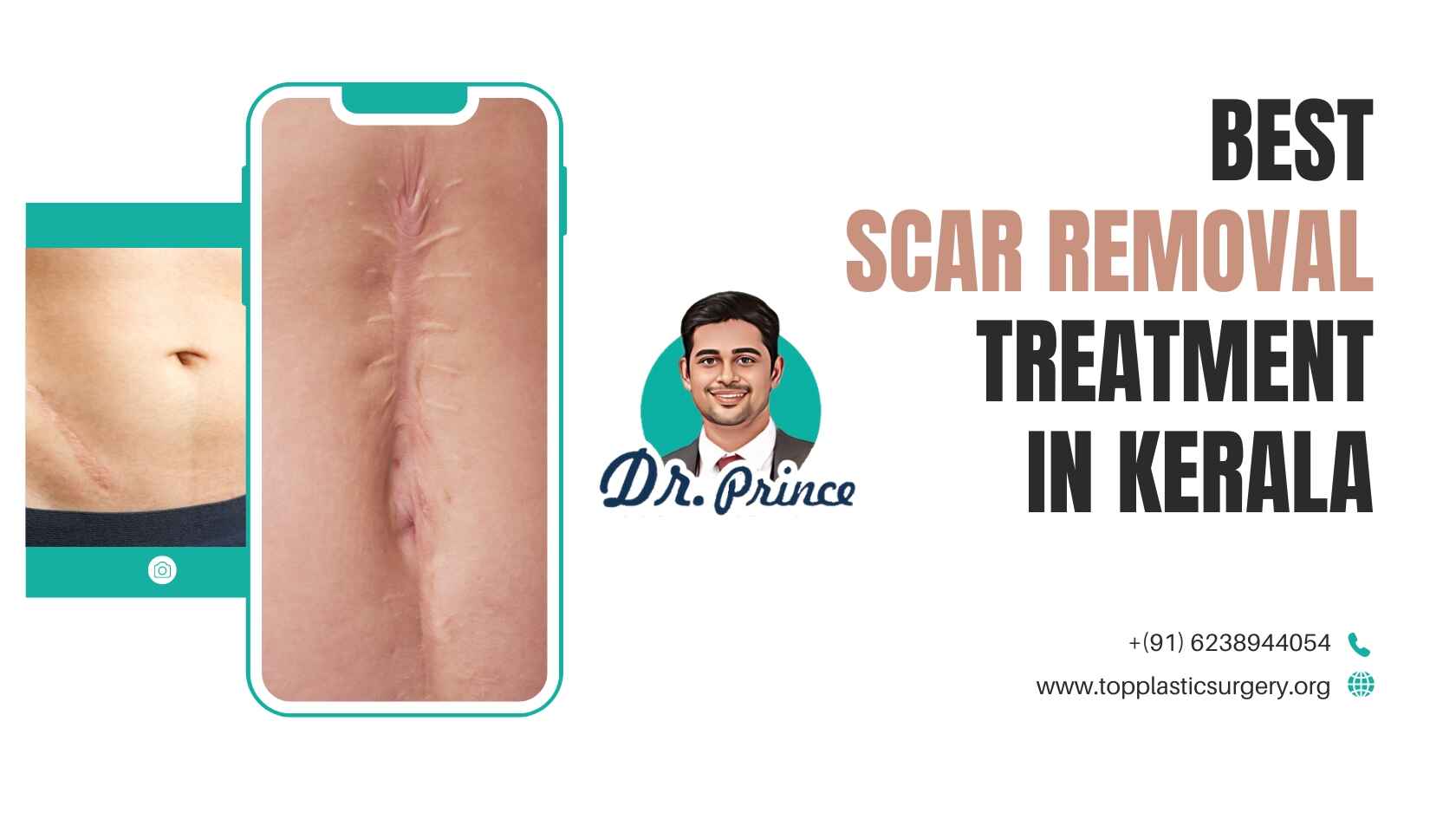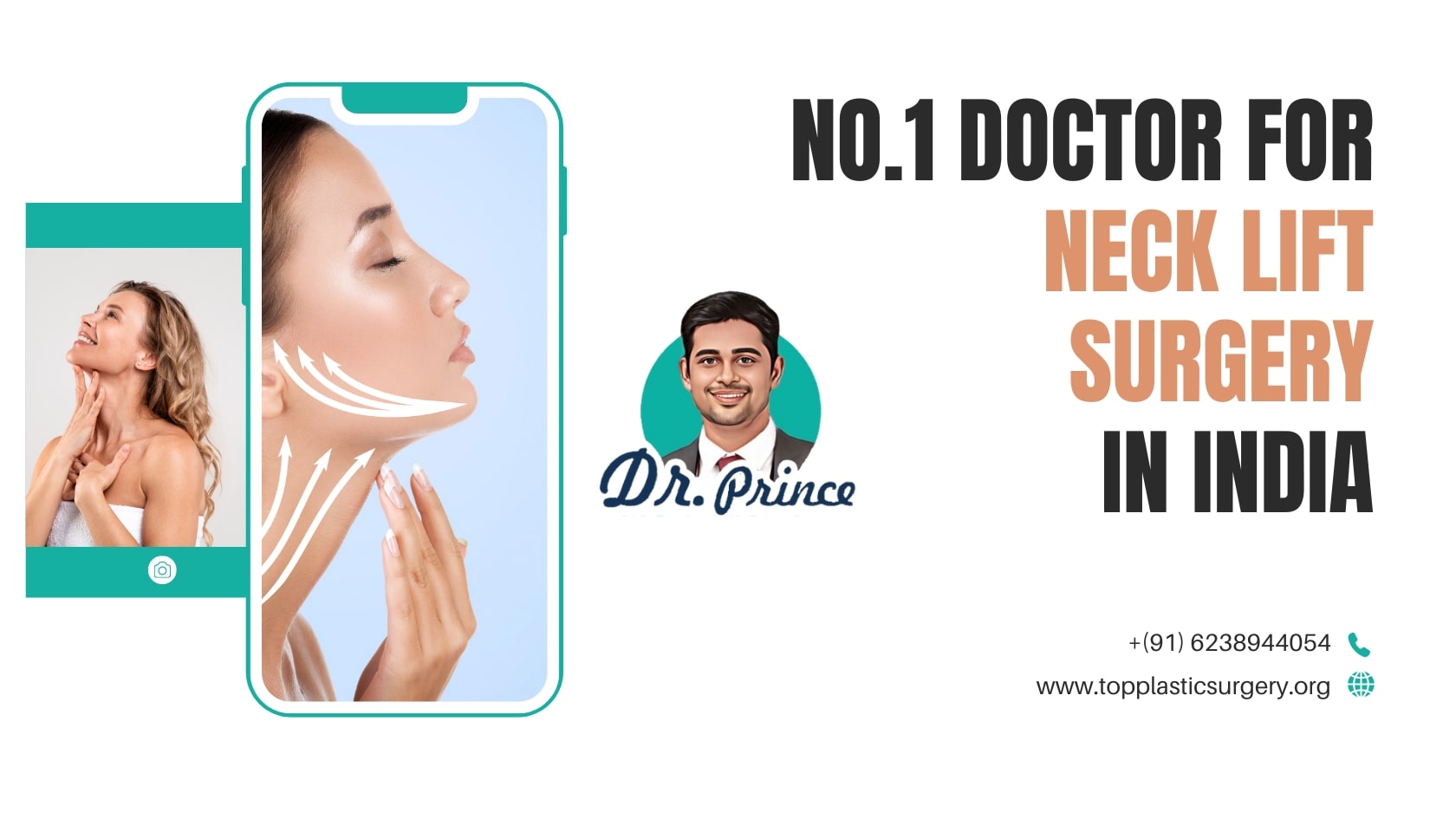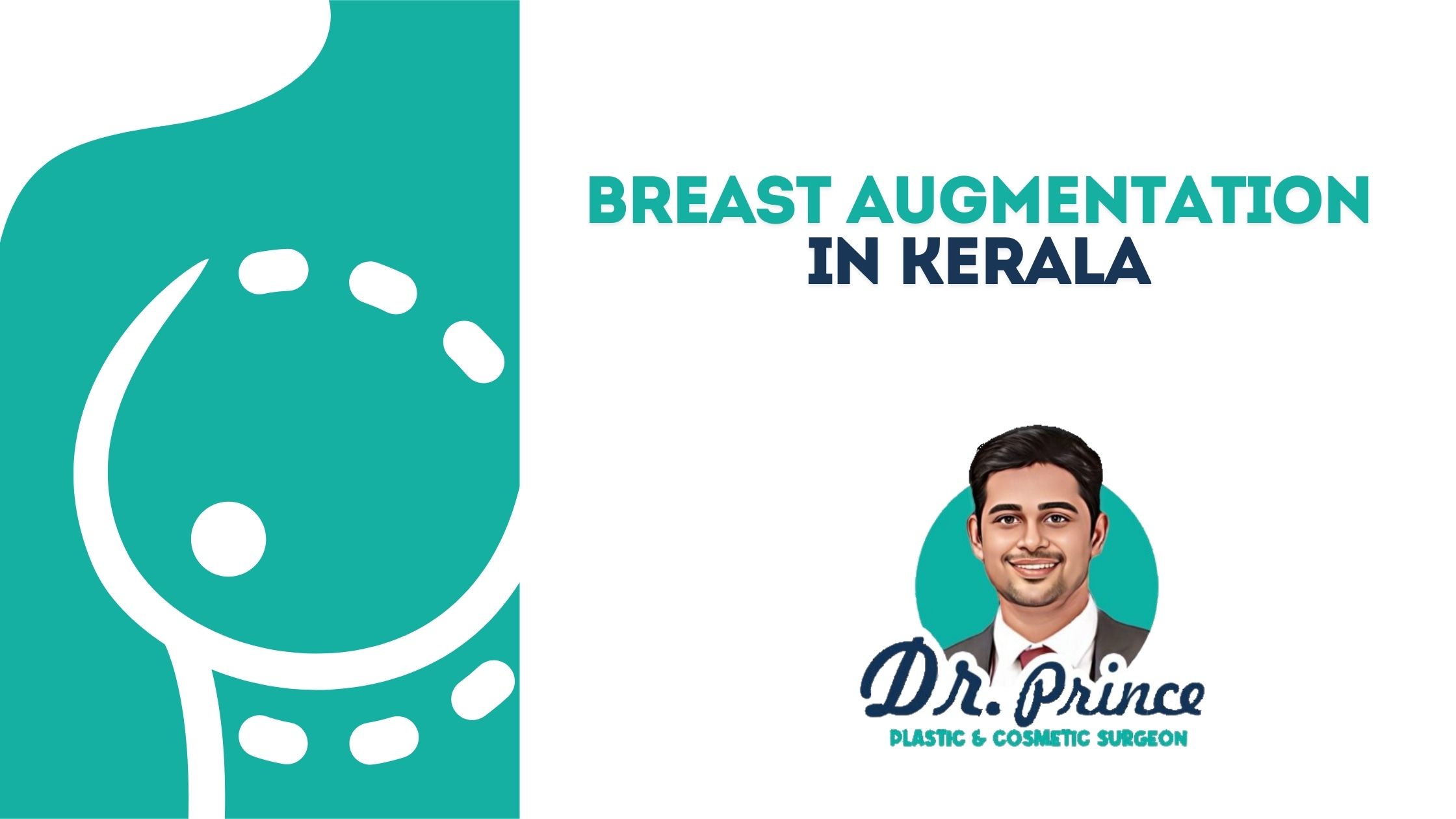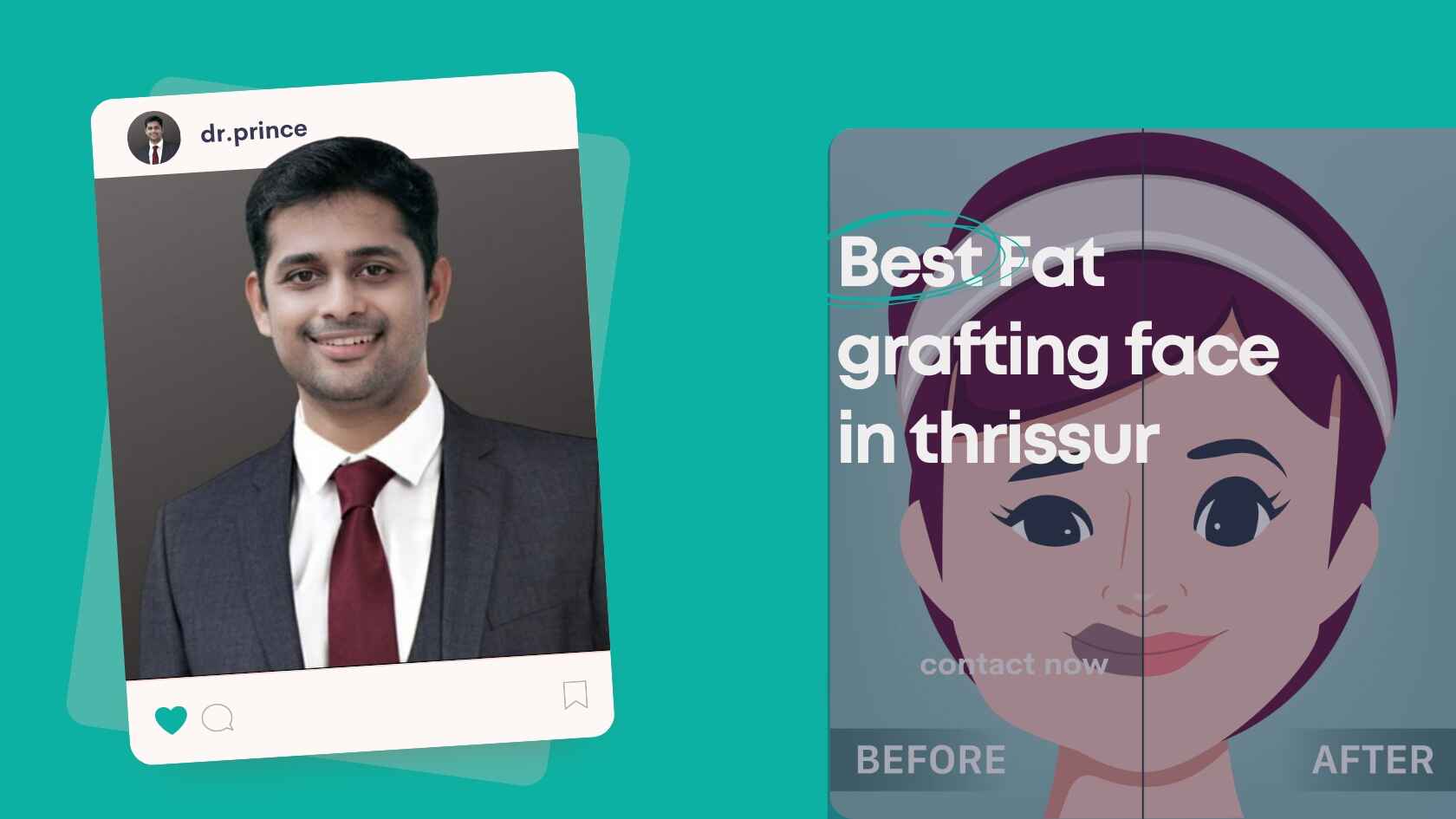Rhinoplasty, commonly known as a “nose job” or “nose reshaping,” is a surgical procedure designed to improve facial harmony and enhance the proportions of the nose. In addition to its aesthetic benefits, Rhinoplasty in Kerala can address structural defects that may impede breathing, thereby providing a comprehensive solution for both cosmetic and functional concerns.
Conditions Addressed by Rhinoplasty in Kerala
Rhinoplasty, a surgical procedure often referred to as a “nose job” or “nose reshaping,” is capable of addressing various aspects to enhance facial aesthetics and function. In the context of Rhinoplasty in Kerala, the procedure can effectively treat:
1. Nose Size in Relation to Facial Balance:
Rhinoplasty can harmonize the size of the nose with the overall facial balance, ensuring a more proportionate and aesthetically pleasing appearance.
2. Nose Width at the Bridge or Nostrils:
The procedure is adept at refining the width of the nose at the bridge or adjusting the size and position of the nostrils, contributing to improved facial symmetry.
3. Nose Profile Concerns:
Rhinoplasty can address visible humps or depressions on the nasal bridge, creating a smoother and more refined profile.
4. Nasal Tip Issues:
Whether the nasal tip is enlarged, bulbous, drooping, upturned, or hooked, Rhinoplasty in Kerala can sculpt and reshape the tip for a more balanced and desirable appearance.
5. Nostril Characteristics:
The surgery is effective in addressing concerns such as large, wide, or upturned nostrils, achieving a more harmonious look in relation to the overall facial structure.
6. Nasal Asymmetry:
Rhinoplasty is capable of correcting nasal asymmetry, contributing to a more balanced and symmetrical appearance.
It’s important to note that while Rhinoplasty aims to enhance symmetry, achieving absolute symmetry may be challenging as everyone’s face naturally exhibits some degree of asymmetry. The primary goal remains to create facial balance and correct proportions for a naturally appealing outcome.
Rhinoplasty for Correcting a Deviated Septum in Kerala
When Rhinoplasty is undertaken to address a deviated septum, a careful evaluation of the nasal structure in relation to airflow and breathing is crucial. This particular nose surgery, designed to improve an obstructed airway, focuses on the correction of the deviated septum – a prevalent cause of breathing difficulties. The correction process involves meticulous adjustments to the nasal structure to achieve optimal alignment. By addressing the deviated septum through Rhinoplasty in Kerala, the goal is to enhance airflow, alleviate breathing impairments, and ultimately improve the overall functionality of the nose. This specialized approach ensures that both aesthetic considerations and functional aspects are taken into account, providing comprehensive care for individuals seeking relief from breathing challenges associated with a deviated septum.
Q1: What is Rhinoplasty?
A1: Rhinoplasty, commonly known as a "nose job" or "nose reshaping," is a surgical procedure that aims to enhance the aesthetics and function of the nose by addressing various concerns such as size, shape, and breathing difficulties.
Q2: What Conditions Can Rhinoplasty Address?
A2: Rhinoplasty can address a range of conditions, including nose size in relation to facial balance, width at the bridge or nostrils, visible humps or depressions on the bridge, nasal tip issues, nostril characteristics, and nasal asymmetry.
Q3: Can Rhinoplasty Correct a Deviated Septum?
A3: Yes, Rhinoplasty can be performed to correct a deviated septum, a common cause of breathing difficulties. The procedure involves careful adjustments to the nasal structure to achieve better alignment and improved airflow.
Q4: How Does Rhinoplasty Improve Facial Harmony?
A4: Rhinoplasty enhances facial harmony by ensuring that the size, shape, and proportions of the nose complement the overall facial features, creating a more balanced and aesthetically pleasing appearance.
Q5: Is Rhinoplasty Only for Aesthetic Purposes?
A5: No, Rhinoplasty serves both aesthetic and functional purposes. While it can enhance the appearance of the nose, it is also performed to address structural issues that may impede breathing and cause other functional concerns.
Q6: What Is the Recovery Time for Rhinoplasty?
A6: The recovery time for Rhinoplasty varies from person to person. Generally, patients can expect swelling and bruising to subside within a few weeks, and complete recovery may take several months. It's essential to follow post-operative care instructions provided by the surgeon.
Q7: Are Results of Rhinoplasty Permanent?
A7: Rhinoplasty results are generally long-lasting. However, the final outcome may take some time to fully manifest as the nose heals. It's crucial to have realistic expectations and follow the surgeon's advice for optimal results.
Q8: How Can I Determine if Rhinoplasty is Right for Me?
A8: Scheduling a consultation with a qualified plastic surgeon, like Dr. Prince in Kerala, is the best way to determine if Rhinoplasty is suitable for your specific needs. During the consultation, the surgeon will assess your concerns, discuss expectations, and provide personalized recommendations.
Q9: Is Rhinoplasty Painful?
A9: Patients may experience some discomfort and swelling following Rhinoplasty, but pain is generally manageable with prescribed medications. The surgeon will discuss pain management options during the pre-operative consultation.
Q10: What Are the Risks Associated with Rhinoplasty?
A10: Like any surgical procedure, Rhinoplasty carries some risks, including infection, bleeding, and adverse reactions to anesthesia. However, these risks are minimized when the procedure is performed by a skilled and experienced surgeon in a reputable facility.


